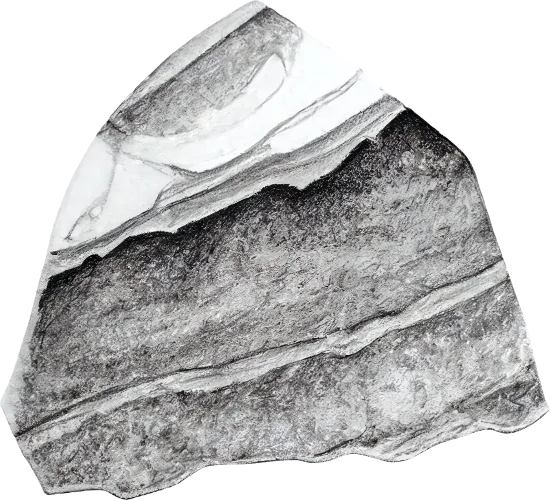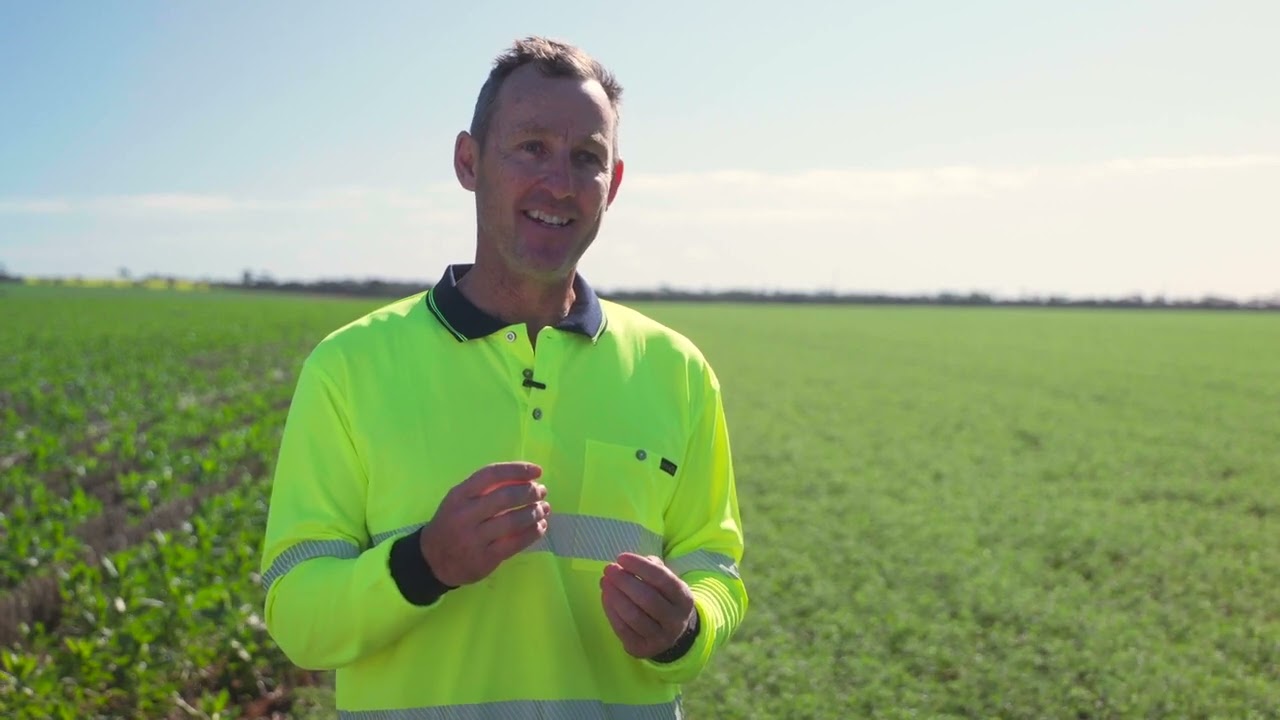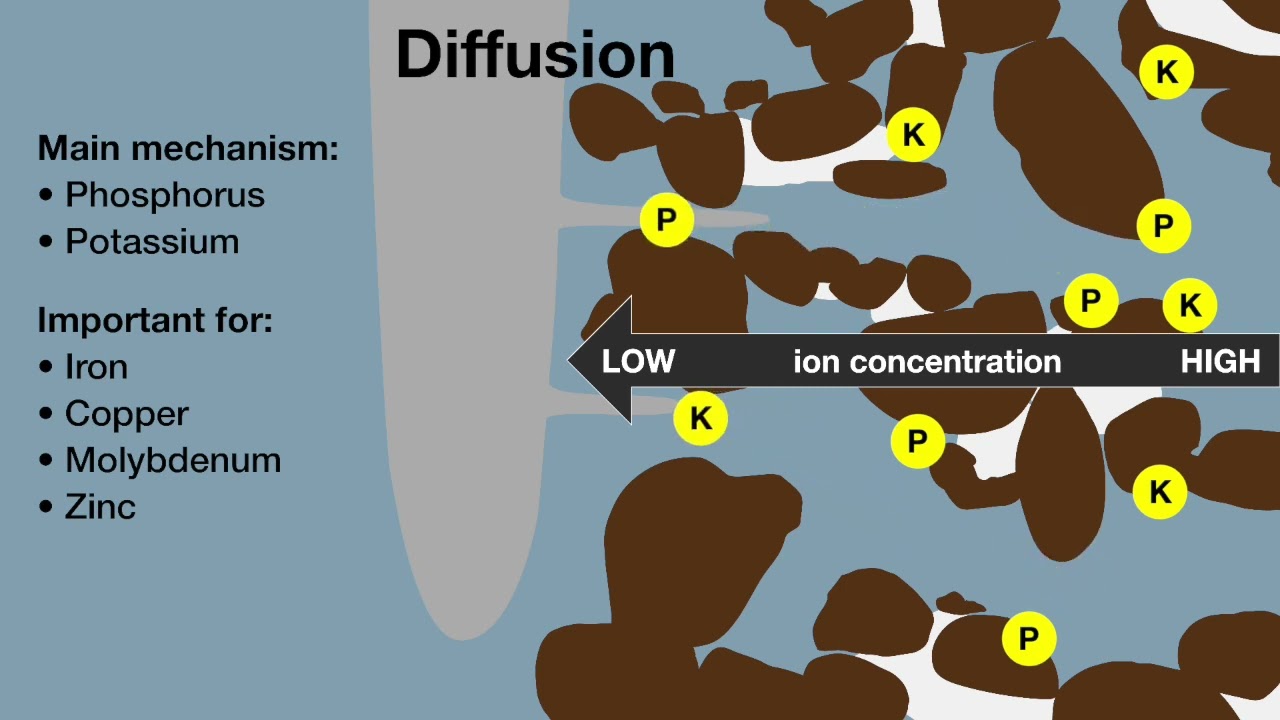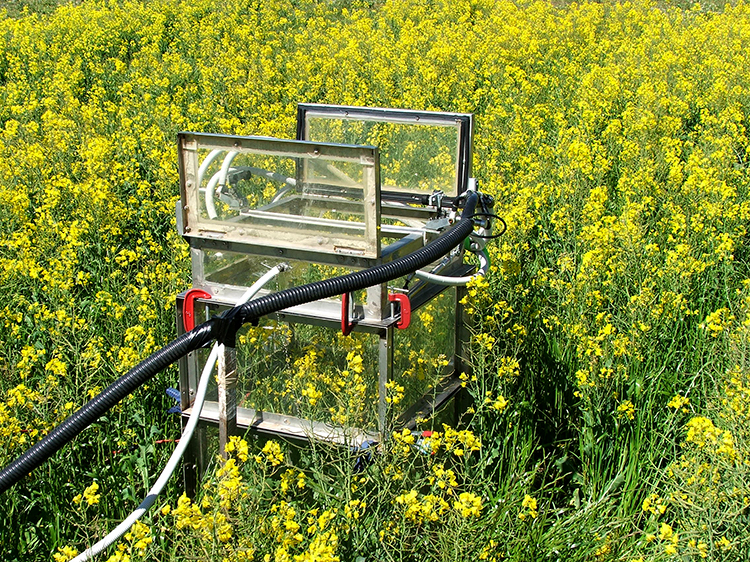Date
2018/03/09
DOI
https://doi.org/10.1007/s11104-018-3620-y
Open access
No
Organisations
Murdoch University
Department of Primary Industries and Regional Development
Authors
Qifu Ma
Richard Bell
Ben Biddulph
Abstract
Aims
Frost is a major risk factor for grain production in Australian farming systems and appears to be increasing in severity and occurrence due to changing climate. In this study we assessed the role of potassium (K) and micronutrients in alleviating floret sterility (FS) and yield loss in wheat crops subject to frost.
Methods
Field experiments with K application in 2015 and 2016 were conducted in frost-prone, low soil K fields in the grain belt of Western Australia. Following frost events the heads reaching anther dehiscence were tagged and FS was measured 5–6 weeks later. We also measured leaf K concentration, photosynthesis and antioxidant activity, and grain yield.
Results
In 2015 K supply decreased FS from 32% at nil K to 24% at 80 kg K ha−1. In 2016 the FS values varied from 30 to >95%. Although there was no effect of K on FS at extreme frosts (FS >95%), applying 20–80 kg K ha−1 reduced FS by 10–20% and increased yield by 0.2–0.4 t ha−1 at less severe frosts. The decrease in FS was associated with increasing leaf K concentrations in the range 1.5–2.6%, higher photosynthesis and less oxidative stress at anthesis, but K supply did not provide extra protection from frost damage at leaf K > 2.6%. Foliar micronutrients at booting and heading did not affect FS in either year due to adequate micronutrient levels in the topsoil.
Conclusions
Improved plant K status can increase grain set and yields in wheat under frost, likely by maintaining physiological functions such as cell osmoregulation, plant photosynthesis and anti-oxidant systems. Plant K requirement in frost prone parts of the landscape is greater than in the areas with low risk of frost damage.








